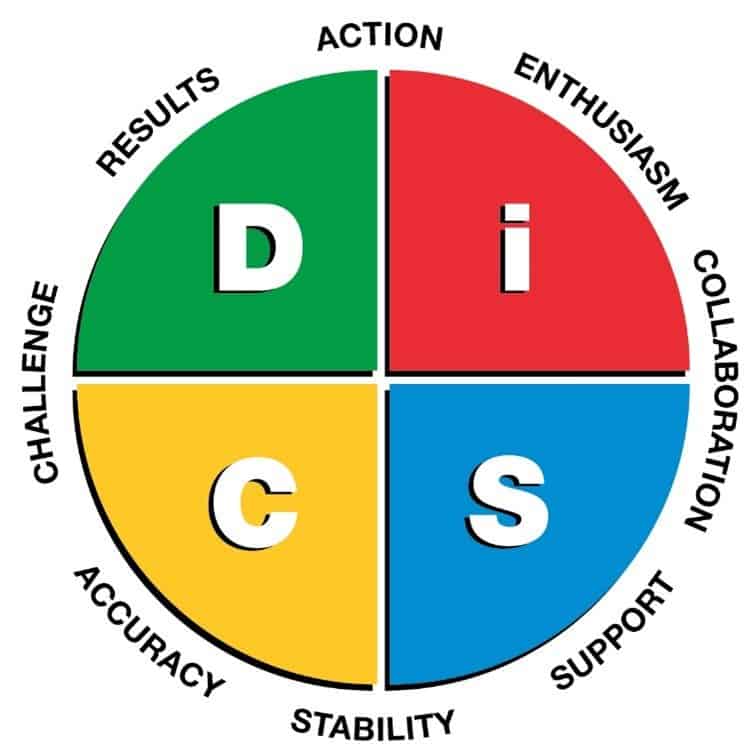This year we practiced social distancing. What did you miss most? I could list several things but one that stands out is the simple evening out to dinner. Meeting new people and interacting with new friends. I have always been a student of communication and love learning new things.
Have you ever wondered why some people react so differently to the same situation or the same words? Each person hears or reacts differently based on their unique style.
Different isn’t necessarily bad, it’s just different.
A lack of understanding of each other can lead to problems, conflict, and unmet expectations. Understanding who we are and how and why we react differently than others is an invaluable tool in our everyday lives. When we learn together as a team, we not only understand who we are we understand who our team members are that we work with every day. These new tools and new insights then help us to determine who our patients are so we can better communicate and better understand them.
For us, the tool to help improve these communications is the DiSC personality test. This simple tool allows teams to unlock the mystery of why some people react and communicate the same as we do and why others seem so different. With this foundation, teams learn how to reduce conflict, improve productivity, and ultimately relate better to the team members and their patients.
Personality tests have been around for centuries. Hippocrates began this research twenty-four hundred years ago when he recognized and categorized human behavior into four separate categories based on patterns. That research continues today and is evident in many different models. In the dental industry, the DiSC model seems to be the most popular. Based on our research and understanding of the different models we chose to study and implement the DiSC model in our coaching.
Understanding the DiSC model:
The model is broken down into 4 quadrants and each of them falls within a specific area of the circle. A detailed online test maps out where you fall within the circle based on how you answer and react to certain questions.
D Style: Dominant
People with the D style are strong-willed individuals who prioritize results. Because they want to make their mark, they constantly look for new challenges and opportunities. In addition, they also prioritize action and often focus on achieving their goals quickly and forcefully.
I Style: Influence
People with the I style put a high priority on enthusiasm and tend to maintain an upbeat attitude. They get excited about new possibilities and they may be very expressive when communicating their ideas. In addition, they prioritize Action, so they often focus on making quick decisions towards exciting solutions.
S Style: Steadiness
People with the S style place a high value on providing support. They tend to be good listeners, and as a result, they’re often seen as patient and accommodating. In addition, they also prioritize stability, so they focus on maintaining a predictable, orderly environment.
C Style: Conscientious
People with the C style place a high priority on accuracy. Because they want to ensure superior results, they tend to analyze options rationally and separate emotions from facts. In addition, they also prioritize stability and tend to value follow-through and restraint.
These simple tools can prove to be invaluable assets in our every changing quest to excel at everything we do daily. But just like any new tool, it takes practice and time. Communication is an art.
